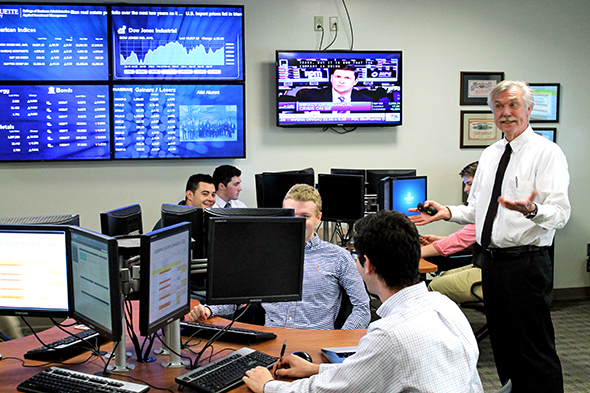By: Stephen Arcuri, AIM Student at Marquette
University
Disclosure: The
AIM Equity Fund currently holds this position. This article was written by
myself, and it expresses my own opinions. I am not receiving compensation for
it and I have no business relationship with any company whose stock is
mentioned in this article.
Summary
•
Insteel Industries, Inc. (NASDAQ: IIIN)
is the largest manufacturer of steel wire reinforcing products for concrete
construction applications in the United States. They manufacture and market
prestressed concrete strand and welded wire reinforcement, including engineered
structural mesh, concrete pipe reinforcement, and standard welded wire
reinforcement.
•
Extreme weather in Insteel’s largest market, Texas, is likely to delay
construction and sales through next quarter.
•
Any substantial infrastructure package that would be a catalyst for Insteel’s
product sales seems unlikely for the foreseeable future.
•
The American Institute of Architects (AIA) recently downgraded their forecasts
of nonresidential construction, one of Insteel’s largest markets.
•
Management has indicated that many of Insteel’s customers are dealing with
labor constraints, signaling an inability to execute on top of weakening
demand.
Key points: Insteel can be
expected to continue to underperform through Q1 as a combination of factors
come together to hurt sales. In their Q3 earnings call, management attributed their
quarter to better weather in their largest geographic market, Texas. Hurricane
Harvey’s displacement of workers, and continued ramifications will be a
headwind for Insteel.
With
no infrastructure bill on the horizon, there is no near term catalyst to boost
Insteel’s sales. The passage of the Fixing American’s Surface Transportation
(FAST) Act in December of 2015 proved to be a catalyst for investors, as
expectations for Insteel rose with infrastructure spending. Shares further
appreciated with the promise of an infrastructure bill from both the Clinton
and Trump campaigns. The administration’s failure to pass infrastructure
spending is not offset by the relief aid for Hurricane Harvey; Insteel’s
largest product market is public, highway, and street construction, a market
less affected by the flooding following the Hurricane.
In
addition, the American Institute of Architects revised their nonresidential
construction estimates to 3.8% in 2017, down from an original 6.7% that the
original thesis relied on. 2018’s estimate of 3.6% provides no encouragement
for the short-term.
Finally,
in their Q3 earnings call, management indicated that customers were having
difficult securing the work force required to follow through on construction
projects. Part of this may be reflected in the inventory buildup that occurred
in the same quarter. Insteel’s inability to move products to customers who
cannot use them will be amplified by the construction break that Hurricane
Harvey will have caused.
What has the stock
done lately? Insteel
has been in a virtual free fall since their Q3 earnings. Shares were trading
just under $34 before the earnings call, and immediately fell to $25.75, a 25%
decrease. After a brief rally, prices slide further and have never closed above
the selloff.
Past Year
Performance:
 |
| Source: FactSet |
My Takeaway
The
AIM portfolio should abandon its position before Insteel releases Q4 earnings
on October 19th. Insteel faces an increasingly difficult market for
the next both structurally, and as management noted, from increased
competition. The original thesis has decayed along with the Trump trade, and
with no catalysts in sight, capital could be more effectively deployed. Insteel
would be worth reviewing after 1Q’18, after Hurricane Harvey has worked itself
through Insteel’s cycle, or if the administration becomes serious about passing
an infrastructure bill.



























